Home>Garden Essentials>What Is Alaska Main Source Of Crop Rotation
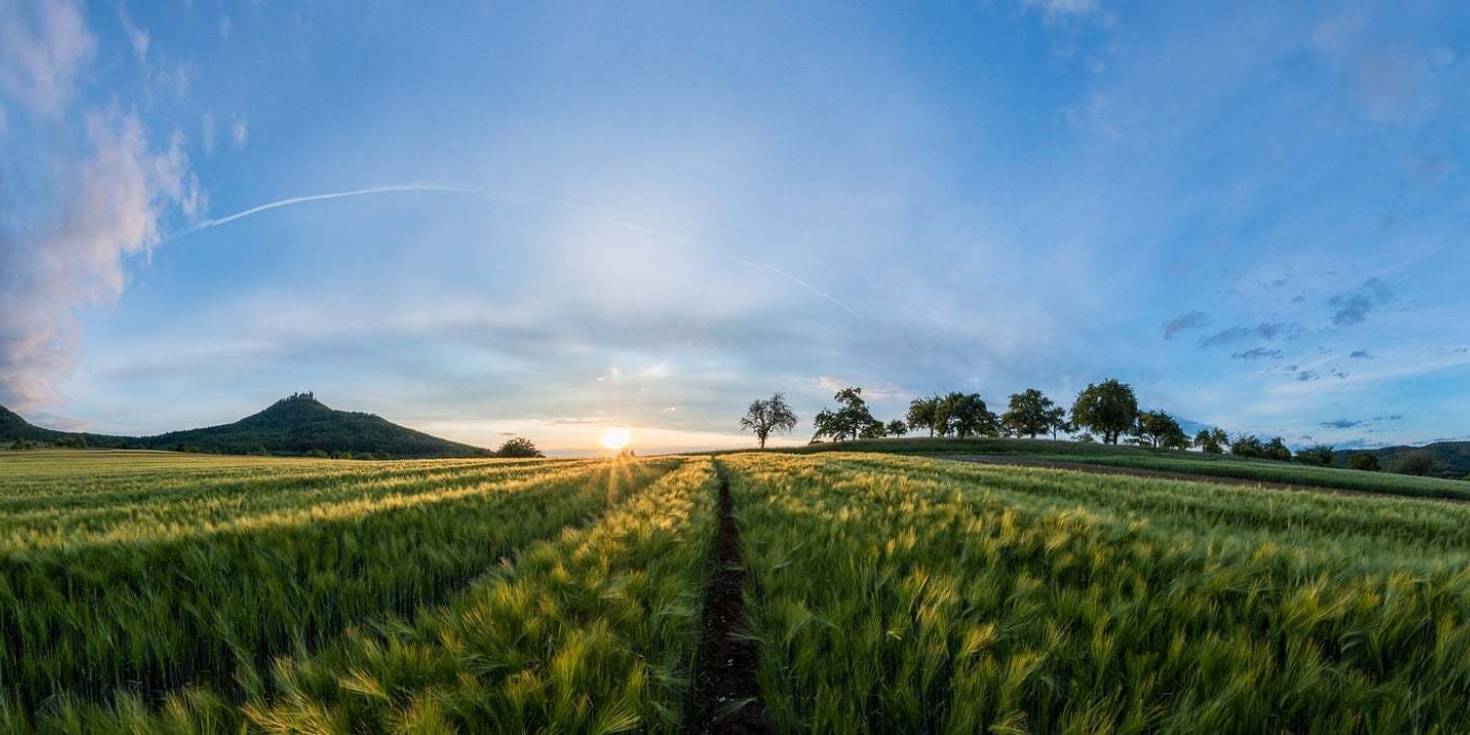

Garden Essentials
What Is Alaska Main Source Of Crop Rotation
Modified: March 15, 2024
Discover the main source of crop rotation in Alaska and how it benefits your garden. Explore the importance and methods of implementing crop rotation for optimal growth and soil health.
(Many of the links in this article redirect to a specific reviewed product. Your purchase of these products through affiliate links helps to generate commission for Storables.com, at no extra cost. Learn more)
Introduction
Welcome to the world of gardening! Whether you are an experienced gardener or a beginner with a green thumb, understanding the concept of crop rotation is essential to success in your garden. Crop rotation is a technique that involves systematically changing the types of crops grown in different areas of your garden from year to year.
So why is crop rotation so important? Well, it offers a multitude of benefits that can significantly improve the health and productivity of your garden. By rotating crops, you can reduce soil-borne diseases, manage pests more effectively, promote balanced nutrient levels in the soil, and enhance overall soil fertility.
In Alaska, where agriculture faces unique challenges due to the harsh climate and short growing season, implementing effective crop rotation techniques is even more critical. Alaska’s gardeners have developed traditional practices that harness the state’s main sources of crop rotation to maximize productivity. In this article, we will delve into the details of these practices and explore Alaska’s main source of crop rotation.
Whether you are gardening in Alaska or any other region, understanding the main source of crop rotation can be the key to thriving plants and abundant harvests. So, let’s dive in and explore how Alaska’s gardeners employ crop rotation techniques adapted to their unique environment.
Key Takeaways:
- In Alaska, gardeners use hardy perennial plants as the main source of crop rotation. These resilient plants provide stability, soil conservation, and an extended growing season, helping Alaskan gardeners thrive in their unique environment.
- Alaskan gardeners employ traditional practices like intercropping and succession planting to optimize crop growth. By combining these techniques with hardy perennials, they can overcome the challenges of their short growing season and enjoy successful harvests.
Read more: What Was Crop Rotation?
Definition of Crop Rotation
Crop rotation is a systematic method of growing different crops in a specific sequence in the same area of land over a period of time. It involves dividing your garden or field into sections and rotating the crops grown in each section every year or growing season.
The primary goal of crop rotation is to break disease and pest cycles, improve soil health, and optimize the use of nutrients. By alternating the crops grown in a specific area, gardeners can disrupt the life cycles of pests and pathogens that are specific to certain plant families. This helps to reduce the incidence of diseases and the population of harmful insects, creating a healthier environment for plants to thrive.
Crop rotation also plays a vital role in maintaining soil fertility. Different crops have varying nutrient requirements and uptake patterns. By rotating crops, gardeners can balance nutrient levels in the soil, preventing the depletion of specific nutrients and ensuring a well-rounded nutrient profile for healthy plant growth.
In addition to pest and disease management and nutrient optimization, crop rotation can also help in reducing weed pressure. Different crops have different root systems and growth habits, which can help break up soil compaction and choke out weeds.
There are several different types of crop rotation systems that gardeners can implement, depending on their goals and the specific crops they are growing. Some common rotation patterns include planting crops in a sequence based on different plant families, planting a nitrogen-fixing cover crop in between cash crops, or implementing a multi-year rotation plan.
The choice of crop rotation system depends on factors such as the available space, crop requirements, and the specific pests and diseases prevalent in the area. It is important to carefully plan and document your crop rotation schedule to ensure that you are maximizing the benefits and minimizing the risks associated with each crop grown in your garden or field.
Now that we understand the definition and purpose of crop rotation, let’s explore why it is particularly crucial for gardeners in Alaska’s challenging growing conditions.
Importance of Crop Rotation
Crop rotation is of utmost importance for gardeners and farmers alike, and its significance cannot be overstated. Here are some key reasons why implementing crop rotation in your garden is essential:
Disease and Pest Management:
One of the primary benefits of crop rotation is its ability to break disease and pest cycles. Many plant diseases and pests have specific host plants they rely on for survival and reproduction. By rotating crops and introducing different plant families, you disrupt the life cycle of these pests and diseases, reducing their impact on your garden.
For example, if you plant tomatoes in the same spot year after year, you create an ideal environment for diseases such as blight to thrive. However, by rotating tomatoes with crops from different families, such as legumes or brassicas, you can minimize the chances of disease buildup in the soil and protect your plants.
Soil Health and Nutrient Balance:
Crop rotation also plays a crucial role in maintaining soil health and optimizing nutrient balance. Different crops have varying nutrient requirements. Some crops are heavy feeders, depleting specific nutrients from the soil, while others may actually enrich the soil by fixing nitrogen or adding organic matter.
By rotating crops, you allow the soil to replenish depleted nutrients and prevent the buildup of excess nutrients. This helps create a well-balanced and fertile soil, promoting healthy plant growth and maximizing yields.
Read more: What Are Cover Crops And Crop Rotation?
Weed Control:
Crop rotation can be an effective strategy for weed control. Certain crops, such as cover crops or deep-rooted plants, can help suppress weeds by outcompeting them for resources. Additionally, rotating crops disrupts weed growth patterns, preventing the buildup of weed populations specific to certain crops.
Reduced Use of Chemical Inputs:
By implementing crop rotation, you can reduce the reliance on chemical inputs such as pesticides and fertilizers. By breaking disease and pest cycles, you decrease the need for chemical treatments. Additionally, by optimizing nutrient balance and maintaining soil health, you can reduce the need for synthetic fertilizers.
Sustainable Farming Practices:
Crop rotation is a sustainable farming practice that benefits the overall ecological health of your garden or farm. By diversifying the crops you grow, you promote biodiversity and create a more resilient ecosystem. This fosters natural pest control, attracts beneficial insects, and supports a healthy soil microbiome.
In summary, crop rotation is essential for disease and pest management, nutrient optimization, weed control, reducing chemical inputs, and promoting sustainable farming practices. Now that we understand the importance of crop rotation, let’s explore the traditional crop rotation practices employed by gardeners in Alaska.
Traditional Crop Rotation Practices in Alaska
Alaska’s unique growing conditions pose challenges for gardeners, but they have also led to the development of traditional crop rotation practices that are tailored to the region. These practices have evolved over time, reflecting the need to maximize productivity in a short growing season and mitigate the specific challenges faced by Alaskan gardeners.
Read more: What Is Crop Rotation Strip Cropping
Intercropping:
Intercropping is a commonly practiced form of crop rotation in Alaska, especially in areas with limited space. It involves planting multiple crops in close proximity to make efficient use of available land and resources. By intercropping, gardeners can optimize yields and enhance pest control by confusing pests that are specific to particular crops.
For example, Alaskan gardeners often intercrop lettuce with taller crops like beans or tomatoes. The taller crops provide shade to the lettuce, helping to extend its growing season and reduce the risk of bolting in the long daylight hours of Alaska’s summers.
Succession Planting:
Succession planting is another common practice in Alaska, where the growing season is short. It involves planting crops in staggered intervals to ensure a continuous harvest throughout the season. This technique maximizes the use of available growing time and optimizes yields.
For instance, instead of planting all of the crops at once, gardeners in Alaska may sow a section of their garden with cool-season crops, such as peas and spinach, early in the season. As these crops are harvested, warm-season crops like tomatoes and peppers can be planted in their place, ensuring a continuous supply of fresh produce throughout the growing season.
Cold Frame Rotation:
Given Alaska’s notorious cold climate, cold frames are commonly used to extend the growing season. These structures, typically made of glass or plastic, act as mini-greenhouses by trapping heat and protecting plants from harsh weather conditions.
Gardeners in Alaska often employ a rotation system within their cold frames to make the most efficient use of limited space. They may start the season by growing cool-season crops like lettuce and kale in the cold frame, and as those crops mature and the weather warms up, they can be replaced with warm-season crops like tomatoes or cucumbers.
Cover Crops:
Cover cropping is an essential practice for many Alaskan gardeners. It involves planting quick-growing crops like clover or winter rye during fall or winter to protect and enrich the soil during the off-season. These cover crops add organic matter to the soil, prevent erosion, and suppress weeds.
In the following growing season, these cover crops can be turned into the soil, effectively enriching it with nutrients and improving its structure. This practice helps maintain soil health and fertility, enhancing the success of subsequent crops in the rotation.
By utilizing intercropping, succession planting, cold frame rotation, and cover cropping, Alaskan gardeners have developed traditional crop rotation practices that are adapted to their unique growing conditions. These methods allow them to maximize productivity and overcome the challenges posed by short seasons and extreme weather.
Read more: What Are The Disadvantages Of Crop Rotation?
Alaska’s Main Source of Crop Rotation
When it comes to crop rotation in Alaska, one of the main sources gardeners rely on is the use of hardy perennials. Perennial plants are those that live for more than two years, and they play a crucial role in providing continuity and stability in Alaska’s ever-changing growing conditions.
The harsh climate of Alaska, characterized by long winters, short growing seasons, and variable weather patterns, poses unique challenges for annual crops. The risk of frost, unpredictable weather events, and limited time for plants to reach maturity can significantly impact the success of traditional annual crops. This is where perennials come in to save the day.
Alaska’s main source of crop rotation lies in the cultivation of perennial plants and their incorporation into the garden. These hardy plants not only survive the harsh conditions but also offer a range of benefits that contribute to successful crop rotation:
Longevity and Stability:
Perennials provide stability to the garden by serving as anchor plants. Once established, they continue to grow and produce year after year, providing a stable base for crop rotation. These plants are often the backbone of an Alaskan garden, forming the foundation upon which other crops can be rotated.
Soil Conservation:
Perennial plants have deeper root systems compared to annual crops, helping to anchor soil, prevent erosion, and improve soil quality. Their extensive root networks penetrate deep into the ground, holding the soil together and increasing its ability to retain moisture and nutrients. This is particularly important in Alaska, where the soil structure can be fragile due to permafrost and freeze-thaw cycles.
Biodiversity and Habitat Creation:
Perennials offer vast opportunities to enhance biodiversity in the garden. Their long-term presence attracts a diverse range of beneficial insects, pollinators, and birds, creating a harmonious ecosystem. The presence of these beneficial organisms aids in pest control and supports healthy plant growth. In Alaska, where pest management can be challenging, utilizing perennials can be an effective strategy to maintain a balanced ecosystem.
Read more: What Was The Three-Crop Rotation?
Extended Growing Season:
Many perennial crops in Alaska, such as rhubarb, strawberries, and highbush blueberries, have relatively short growing seasons compared to annual crops. However, their ability to survive and produce year after year allows gardeners to have an extended harvest period, offering a valuable source of fresh produce throughout the growing season.
Interplanting with Annual Crops:
Alaskan gardeners often interplant annual crops amongst their perennial plants. This approach allows for effective crop rotation, as the perennials act as a stable anchor while the annual crops can be rotated and moved to different areas of the garden each year. This interplay between perennial and annual crops maximizes productivity and provides variety in the garden.
By utilizing the resilience and benefits of perennial plants, Alaskan gardeners tap into the main source of crop rotation. The integration of hardy perennials not only provides stability and soil conservation but also enhances biodiversity and extends the growing season. It is this harmonious combination that allows Alaskan gardeners to thrive in their unique and challenging gardening environment.
Conclusion
Crop rotation is a fundamental practice in gardening, and its importance cannot be underestimated. Alaska, with its unique climate and growing conditions, presents specific challenges for gardeners. However, Alaskan gardeners have developed traditional crop rotation practices that are adapted to their environment.
In Alaska, the main source of crop rotation lies in the use of hardy perennials. These perennial plants provide stability, soil conservation, biodiversity, and an extended growing season. They serve as anchor plants in the garden, offering continuity and resilience amidst the ever-changing Alaskan weather.
Intercropping, succession planting, cold frame rotation, and cover cropping are common rotation practices employed by Alaskan gardeners to optimize crop growth and mitigate challenges. These techniques, combined with the use of hardy perennials, ensure productivity and the successful cultivation of a variety of crops despite the short growing season.
Effective crop rotation in Alaska not only helps manage diseases and pests but also promotes soil health, nutrient balance, weed control, and reduces the reliance on chemical inputs. It is a sustainable farming practice that fosters a natural balance in the garden ecosystem, supporting a thriving and diverse array of plants.
By understanding and implementing the principles of crop rotation, Alaskan gardeners are able to overcome the challenges of their unique environment. The integration of perennials and traditional rotation practices allows them to maximize productivity, optimize resources, and ultimately enjoy successful harvests year after year.
So, whether you are gardening in Alaska or anywhere else, incorporating crop rotation into your gardening practices is a wise decision. By diversifying your crops, implementing thoughtful rotation plans, and leveraging the benefits of perennials, you can create a flourishing garden that thrives in harmony with nature.
So, roll up your sleeves, envision your garden’s potential, and embrace the power of crop rotation as you embark on your gardening journey. Happy gardening!
Frequently Asked Questions about What Is Alaska Main Source Of Crop Rotation
Was this page helpful?
At Storables.com, we guarantee accurate and reliable information. Our content, validated by Expert Board Contributors, is crafted following stringent Editorial Policies. We're committed to providing you with well-researched, expert-backed insights for all your informational needs.

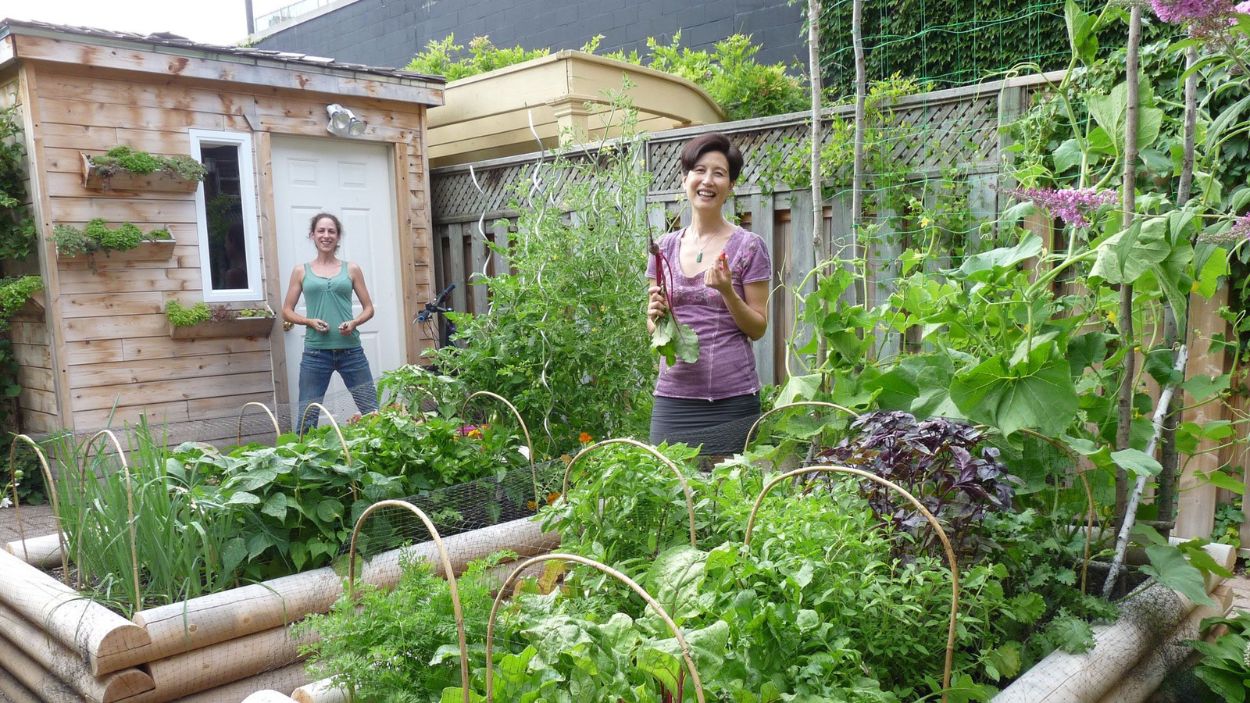
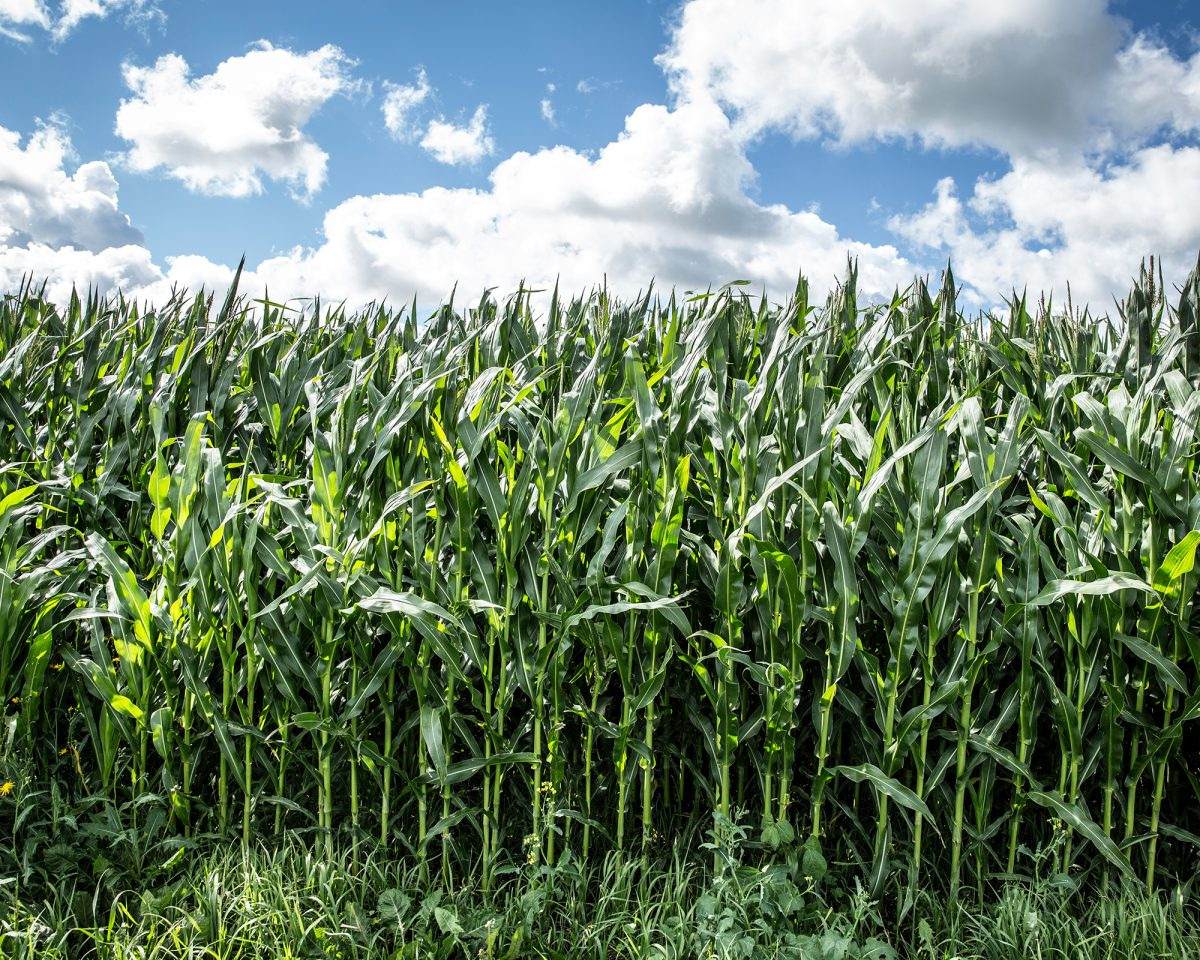
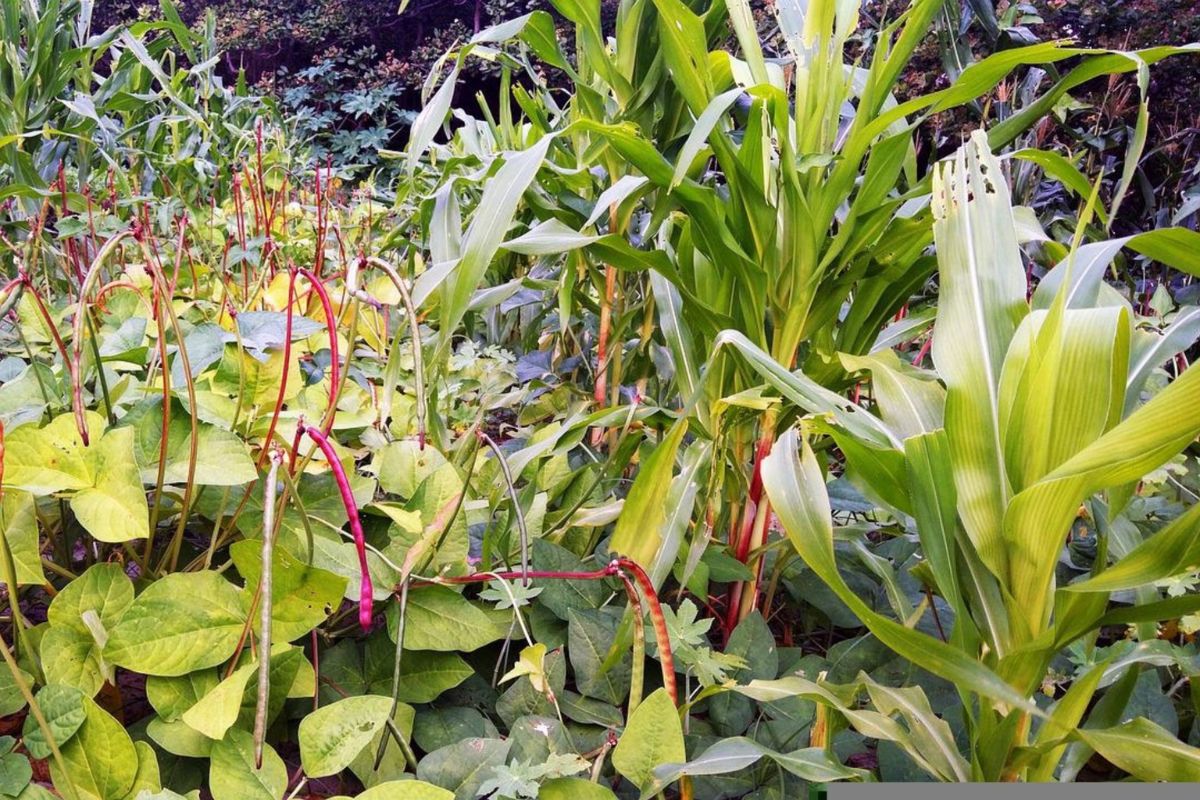
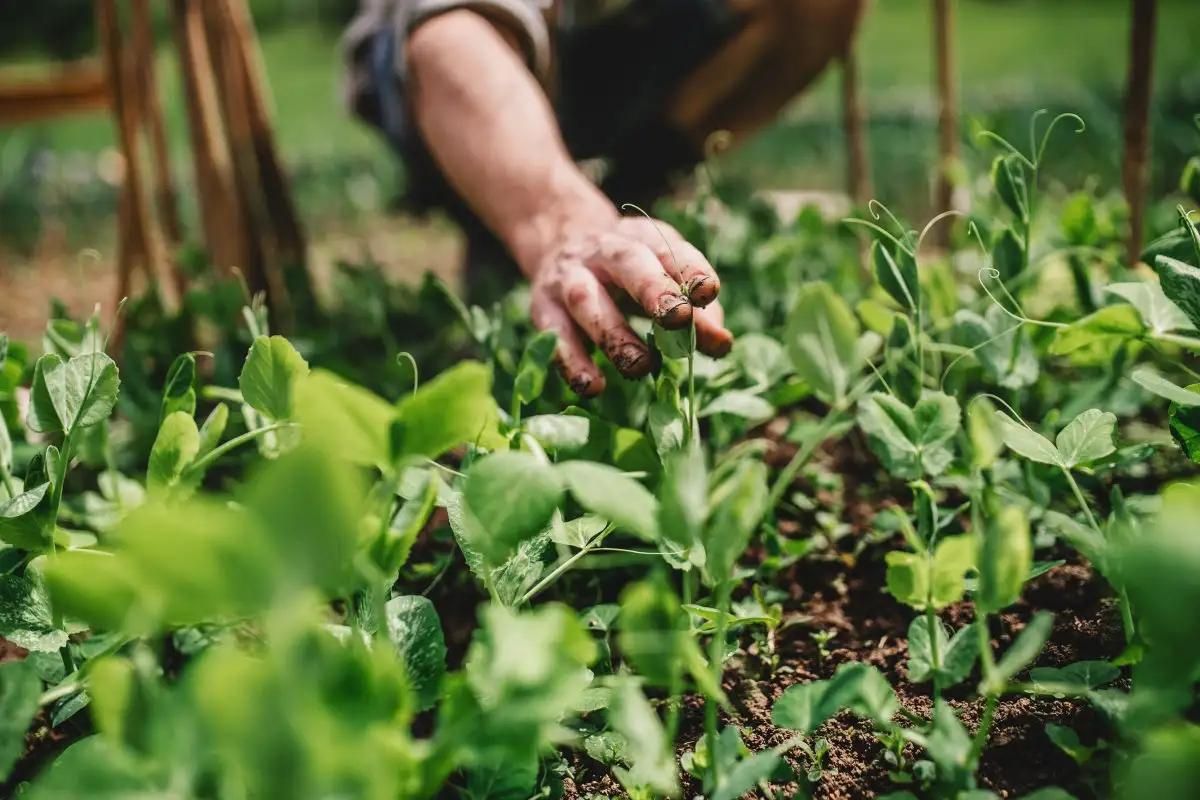
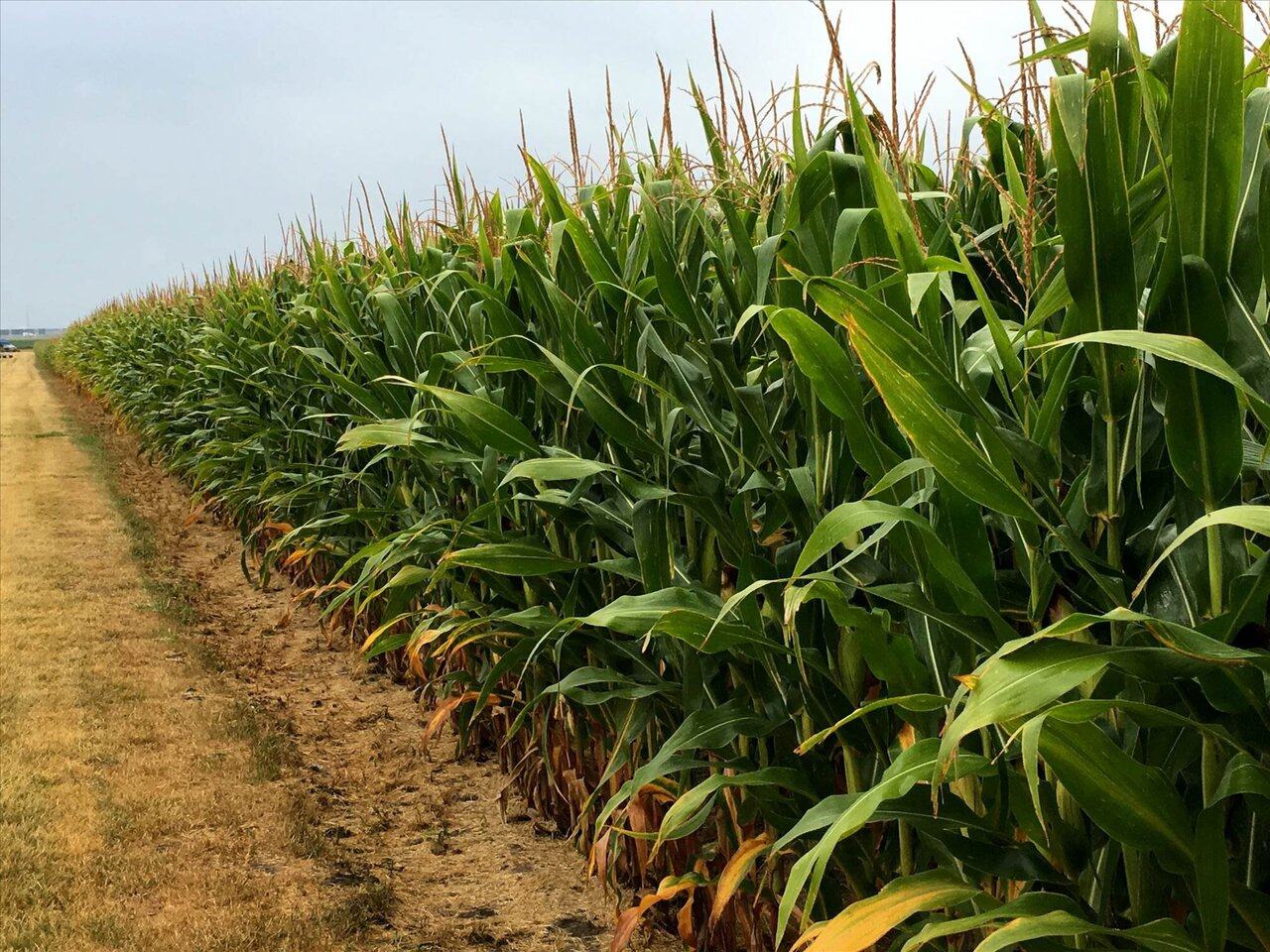
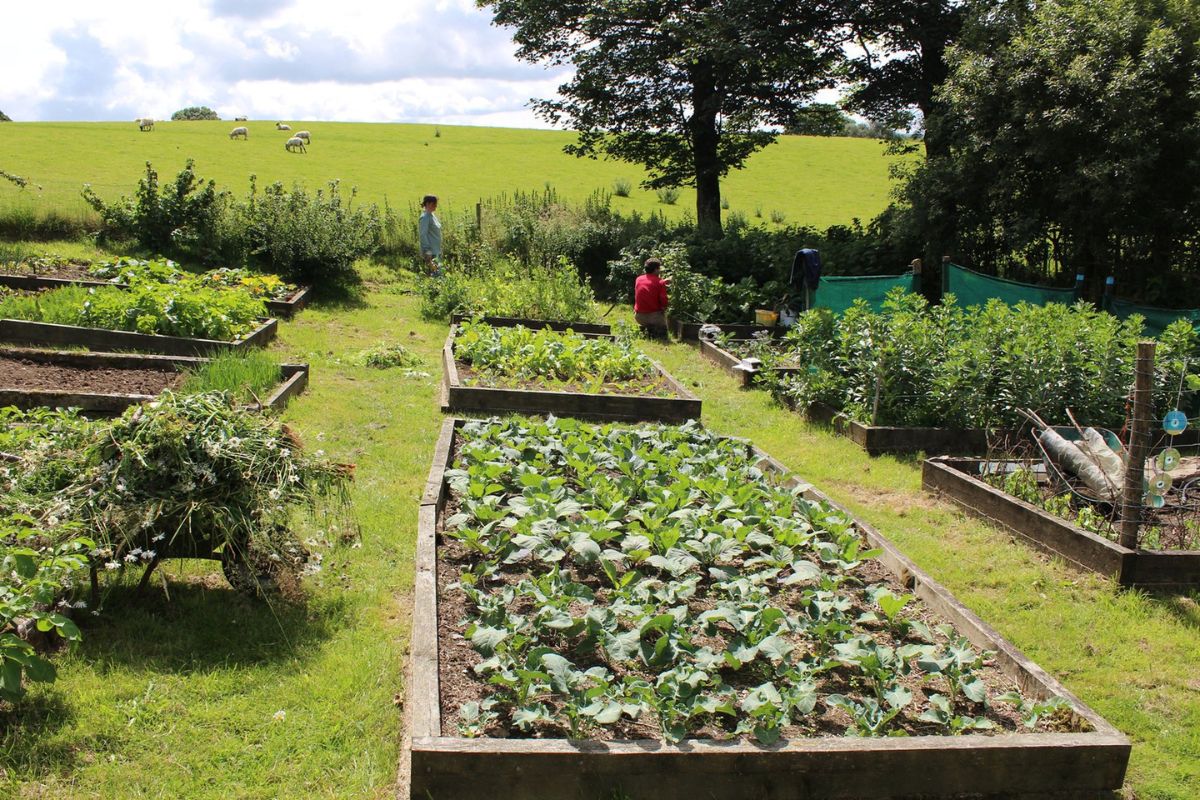
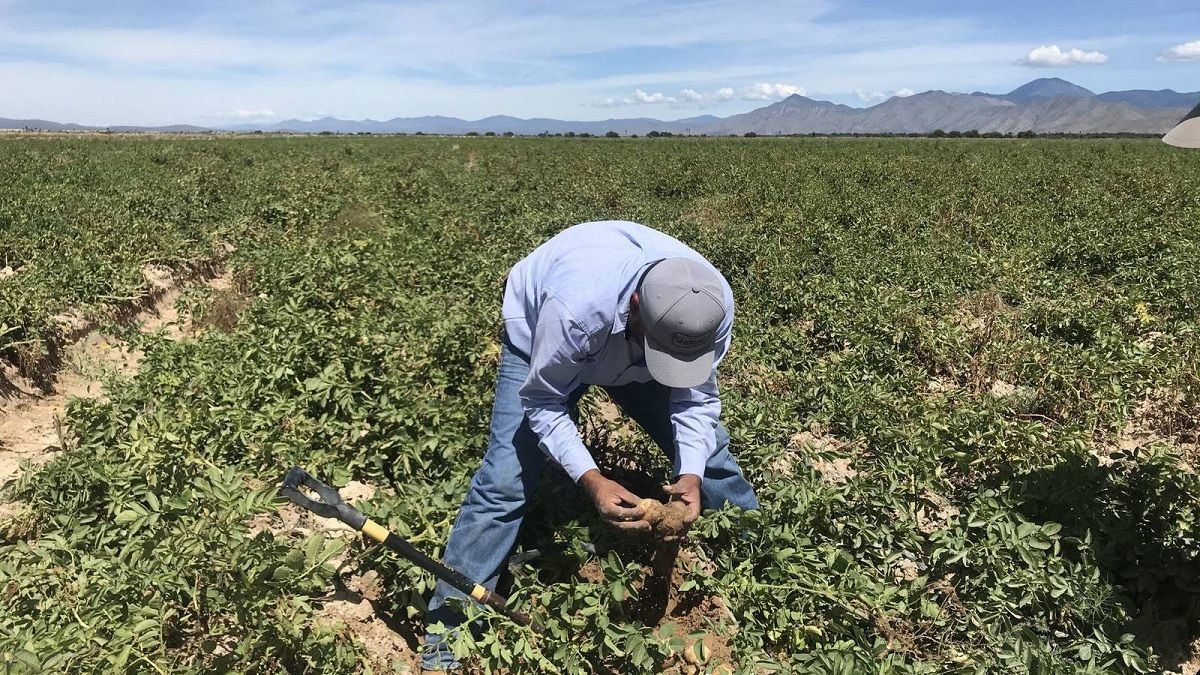
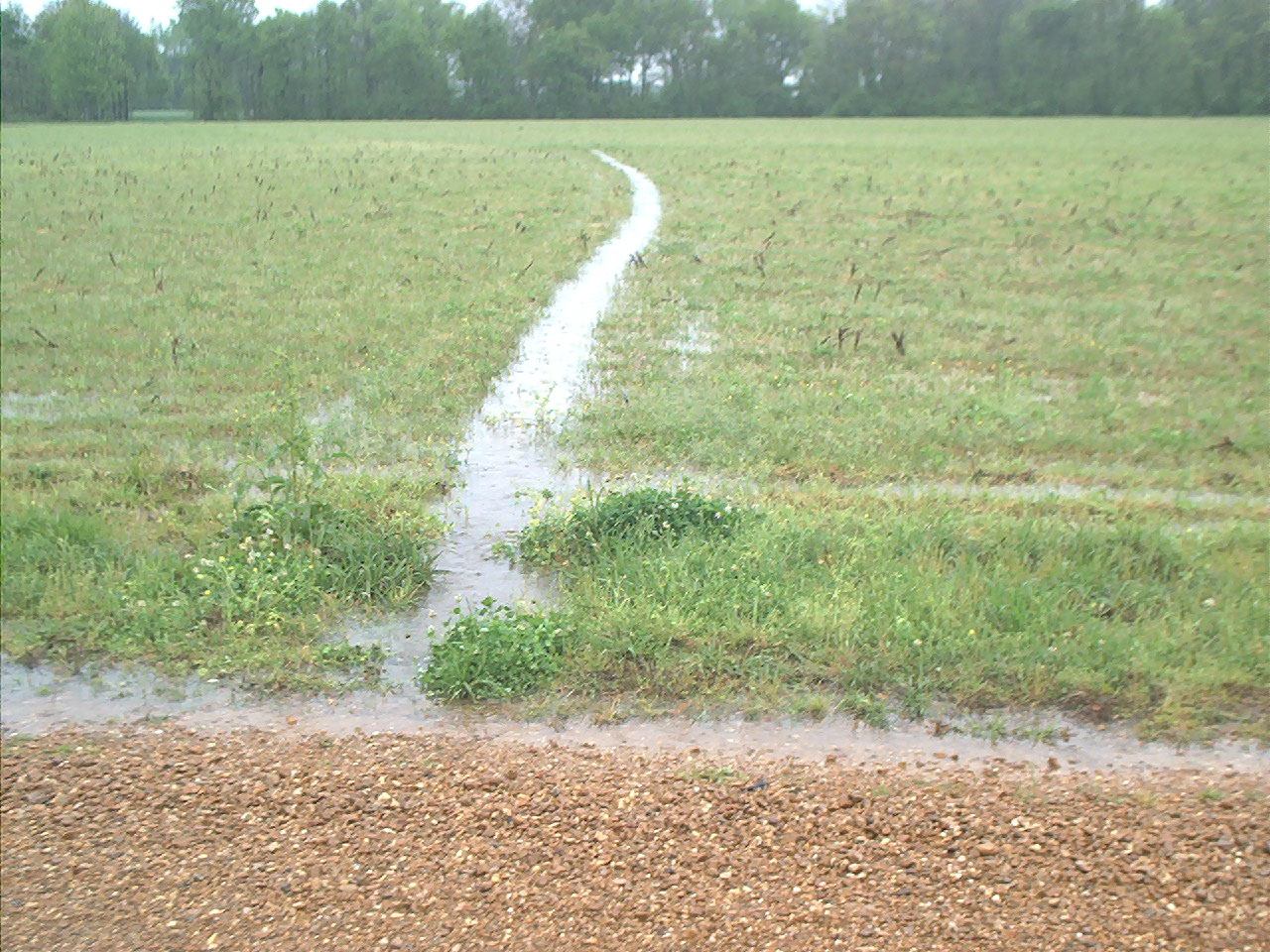
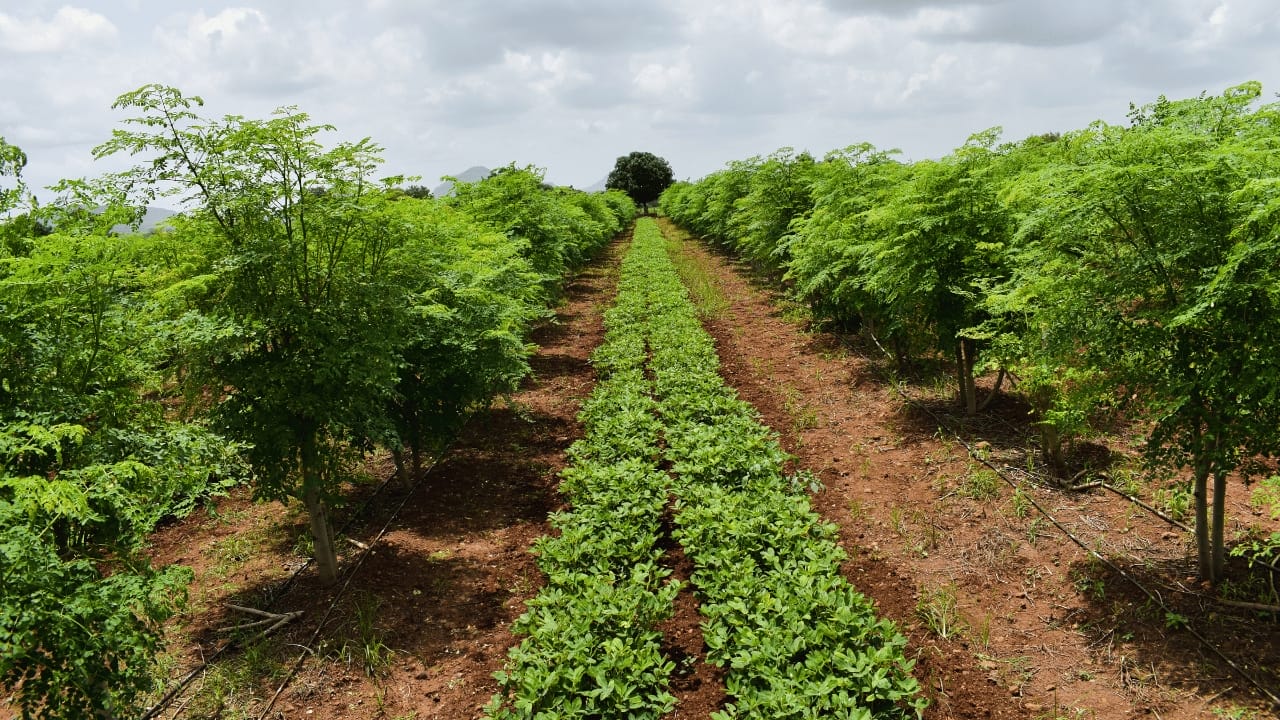
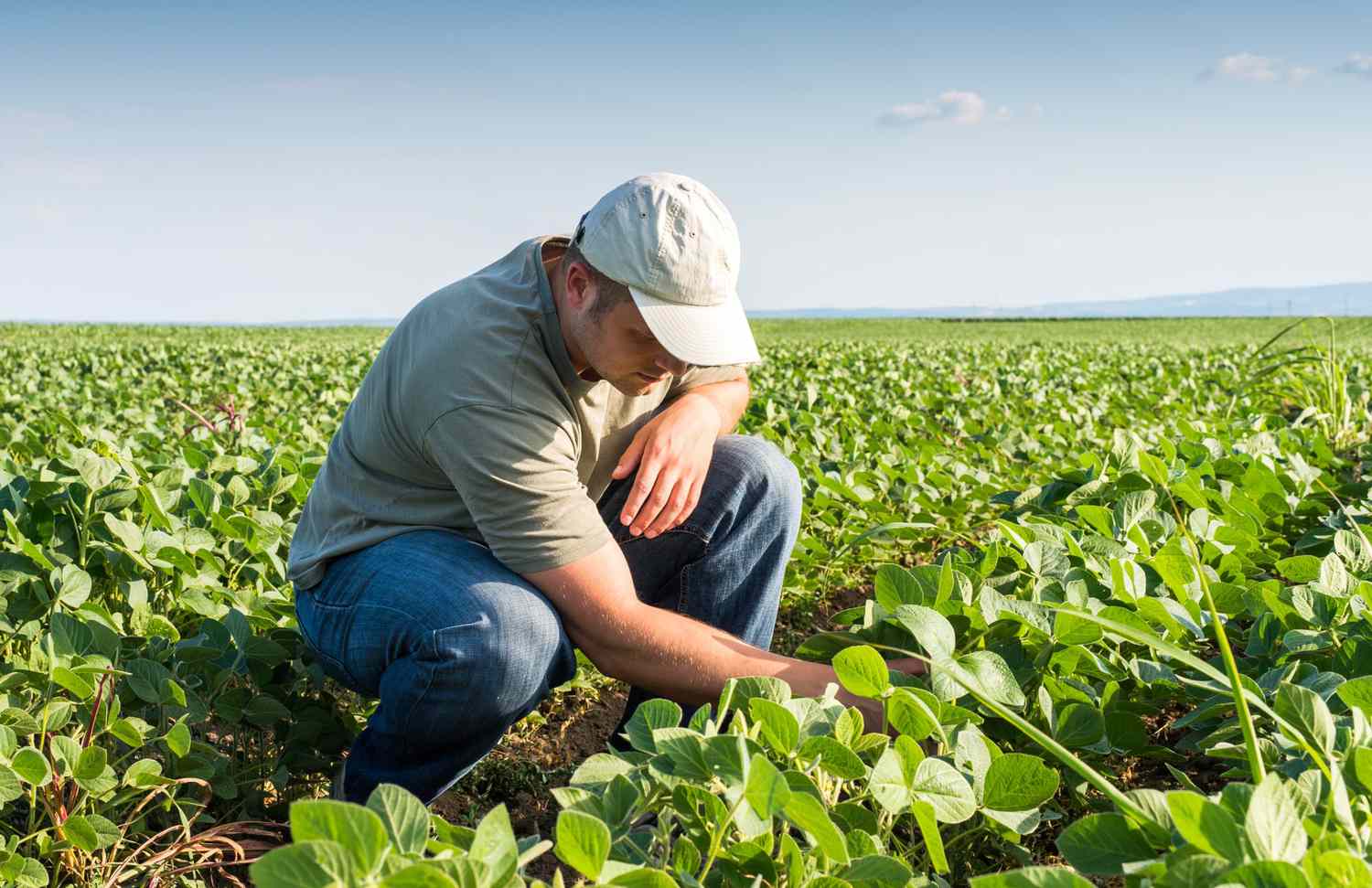

0 thoughts on “What Is Alaska Main Source Of Crop Rotation”